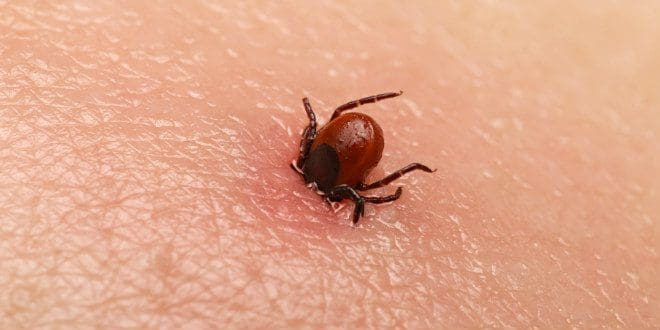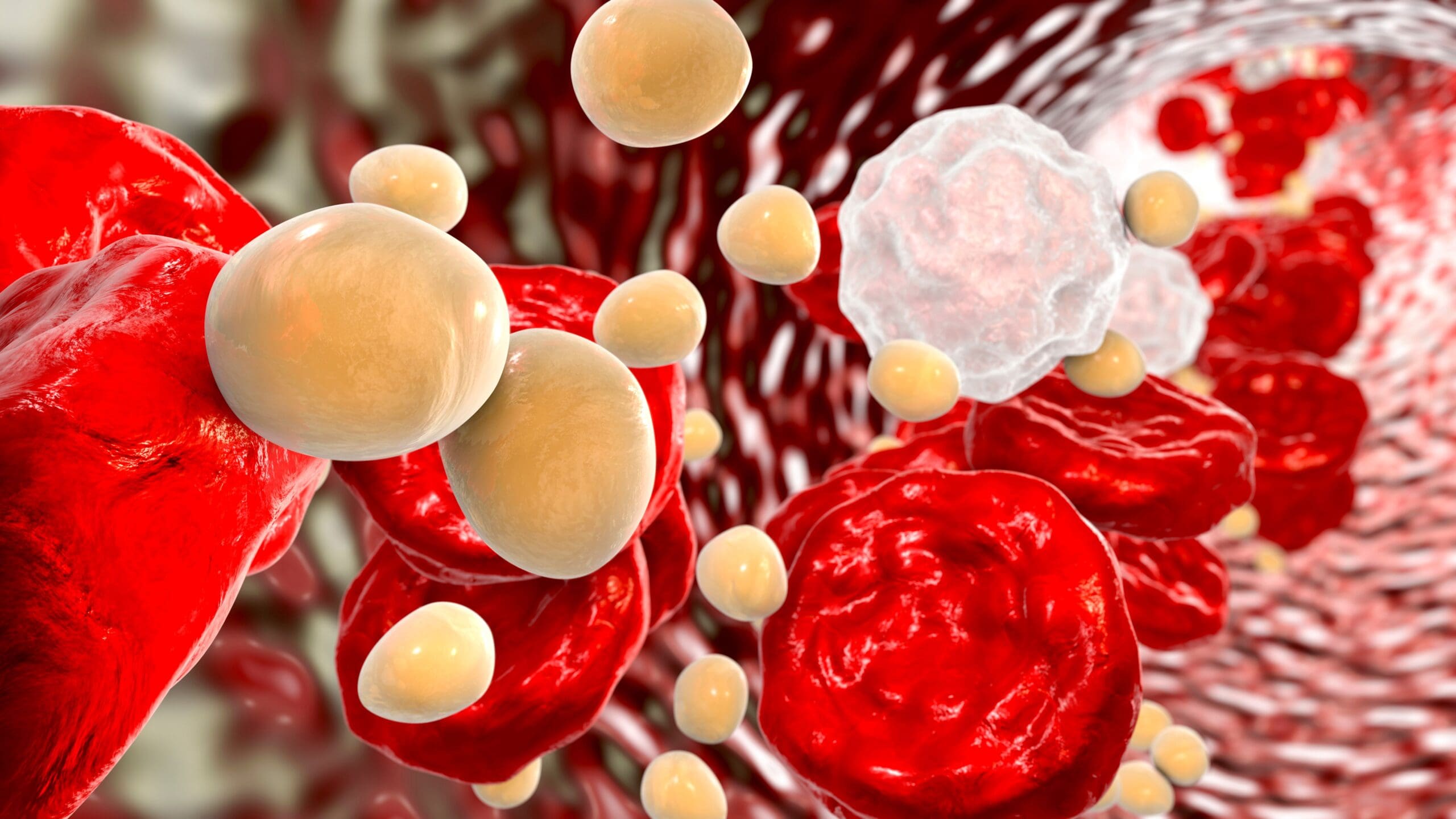Does the Aussie tick pose a greater health risk than we thought?
Lyme disease is an infection caused by a bacteria known as Borrelia that is spread to humans by a bite from a tick. The most common sign of infection is a distinctive rash shaped like a bullseye that begins at the site of the tick bite about a week after it has occurred.
The rash is not usually itchy or painful and only about 25-50% of infected people develop a rash which makes diagnosis tricky.
Other early symptoms include flu like symptoms such as tiredness, muscle aches, fever, swollen glands and headache all of which respond to conventional antibiotic therapy – 100mg doxycycline twice daily for 4 weeks.
If untreated and for 10-20% people, even with appropriate treatment, may develop fatigue, joint pains, mental confusion and heart problems which is classified as chronic Lyme disease.
The idea of a Lyme infection that is not completely treated and lingers for years is controversial and now cause for public debate. Most doctors say that the vast majority of people with the disease, if caught early, can be treated completely with just a short course of antibiotics. “There is no consensus over whether chronic Lyme disease actually exists,” says Matthew Dryden, a consultant microbiologist at Public Health England’s Rare and Imported Pathogens Laboratory (RIPL).
The term ‘chronic Lyme disease’ is not recognised in the medical literature. Most medical authorities advise against long-term antibiotic treatment for Lyme disease.
One reason for this resistance to treatment may be due to Borrelia forming a biofilm in the body that allows it to ‘hide-out’ from antibiotics according to Eva Sapi, professor and head of biology and environmental science at the University of New Haven. This helps to explain why antibiotics don’t work in some people.
“That biofilm – which has a very protective layer you might call “slime” that actually makes the bacteria up to 1,000 times more resistant to antibiotics than are other bacteria,” says Sapi.
It is noted that B. burgdorferi, the causative agent of Lyme disease, is continuously rearranging its structure. It can transform itself from motile spirochetes into cystic, granular or cell wall deficient forms even when it is in an unfavourable environment.
“To do this, it uses the slimy biofilm substance that often forms on surfaces that are in contact with water. Biofilms consist of bacteria and other microorganisms. In the case of Lyme disease, the biofilm allows the bacteria to “hide” until the environment is favourable again until the bacteria can then reappear,” Sapi said.
Australia has its own controversy about Lyme disease and it is intensely polarised. While Lyme disease mostly occurs in the Northern Hemisphere, there have been reports of Lyme-like symptoms in Australia for many decades. However, it is not recognised because B. burgdorferi, the bacteria causing the disease, has not been found in Australia.
In a recently aired Catalyst report on the ABC, the Lyme disease conundrum was investigated and, as science catches up, there is new hope the mystery can be solved.
Professor Peter Irwin of Murdoch University who heads up a national research team has collected up to 20,000 ticks from across the country to study the bacteria they carry and their potential to cause disease. They are examining the DNA (genes) of a virus introduced in the body by tick bite never seen before.
For the first time, microbes inside native Aussie ticks are being probed, leading to new discoveries which may reveal the causes of unexplained illnesses in the future. In studying the microbiome (community of micro organisms residing in the gut) of ticks, Irwin and his team discovered the greatest diversity of disease causing bacteria and viruses in the saliva of ticks.
Each species of animal has their own type of tick – a microbiome in each tick. Different to others in ticks in other parts of the world. Irwin states, “It is plausible that ticks could transfer illnesses we don’t know about that could cause illnesses.”
Irwin and his team of researchers have found organisms in one tick that seem to trigger illness similar to Lyme disease – a single isolate of Borrelia bacteria that is known to cause relapsing fever.
The relapsing fever Borrelia and other bacteria found could potentially cause symptoms consistent with Lyme-like disease including extreme fatigue and nausea.
One of the important findings is that the bacterial pathogens in question are masked or hidden by other organisms which makes them very hard to detect using the current testing processes.
Current serology testing (blood tests) are not 100% accurate as there are no antibodies in early stages of Lyme disease.
For some long term sufferers they have sought answers overseas. One person’s results diagnosed as chronic Lyme disease showed positive for Borrelia, Yersinia and chlamydia.
The Lyme Disease Association commends this breakthrough as it has the potential to halt the plethora of false negative pathology tests both in Australia and worldwide.
Bushland in Sydney and south coast NSW harbour vast amounts of ticks but not the Borrelia bacteria. Tick bites can cause not just Lyme disease but also other diseases such as scrub typhus or spotted fever.
The biggest problem is for those where there is a long delay in the diagnosis. GPs need to be more Lyme aware as early diagnosis and treatment is vital.
Sources:
Dryden, MS, ‘Lyme disease controversy’, BMJ 2015;351:h6520
Feder, et al; A Critical Appraisal “Chronic Lyme Disease”, N Engl J Med 2007; 357:1422-1430October 4, 2007DOI: 10.1056/NEJMra072023
http://www.abc.net.au/news/2015-06-30/lyme-disease-murdoch-tick-research-bacteria-discovery/6582288
http://www.newhaven.edu/faculty-spotlights/eva-sapi/
Marques, Adriana (June 2008). “Chronic Lyme Disease: An appraisal”. Infect Dis Clin North Am. 22 (2): 341–60. doi:10.1016/j.idc.2007.12.011. PMC 2430045 . PMID 18452806









Leave A Comment